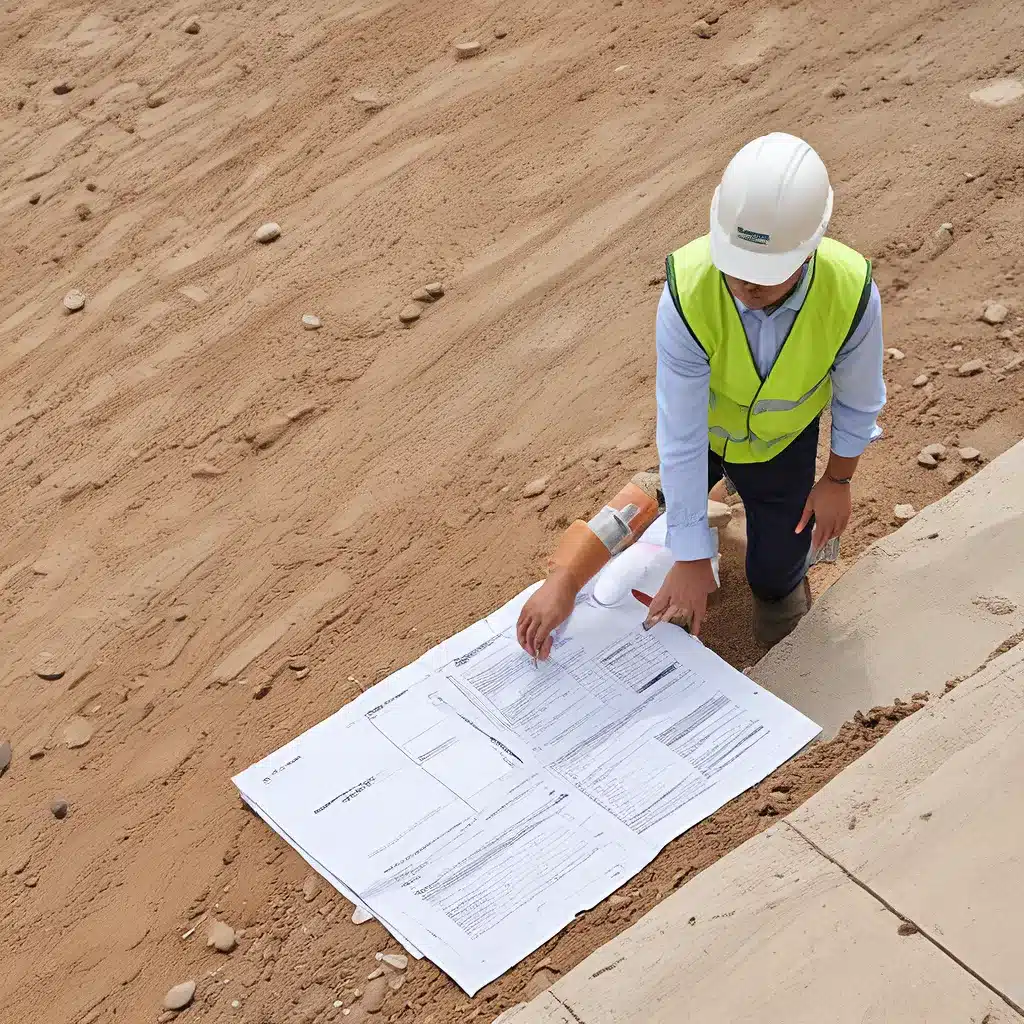
Strategies for Effective Communication in General Contracting
Ah, construction communication – the backbone of any successful project, yet often a tangled web of messages, meetings, and misunderstandings. As a general contractor, I’ve seen it all – from the superintendent who thinks a quick text will suffice, to the subcontractor who swears they mentioned that critical detail in a conversation last week (that never actually happened). But fear not, my fellow construction warriors, for I’m about to share some battle-tested strategies to help you communicate like a pro and keep your projects running as smooth as freshly poured concrete.
The Importance of Establishing a Clear Chain of Command
Let’s start with the foundation – the communication chain of command. You know the drill – the owner communicates with the architect, the architect with their consultants, and the general contractor with the subs and suppliers. But have you ever had that superintendent-subcontractor conversation I overheard, where the sub just couldn’t seem to grasp the concept of going through the proper channels? Cue the internal screaming.
Folks, this is where we have to be crystal clear. The contract documents lay out the communication rules, and we all need to follow them to the letter. No exceptions, no excuses. Sure, sometimes a quick text or phone call can be a lifesaver, but make sure you’re still documenting it and keeping everyone in the loop. A simple “Just confirming our conversation earlier…” email can go a long way in CYA-ing your behind.
Choosing the Right Communication Method for the Job
Now, let’s talk about the tools in our communication toolbox. We’ve got emails, phone calls, meetings, RFIs, daily reports, and more. The key is knowing when to use each one. Sometimes, a quick email is all you need to get the message across. Other times, you might need to schedule a good old-fashioned face-to-face to hash out the details.
Underline: Choosing the right communication method can make all the difference in the success of your project.
Take those RFIs, for example. They’ve got their own specific forms and submittal procedures, and you better believe you need to follow them to the letter. No cutting corners there, my friends. And those daily reports? Don’t just treat them like a box to check – use them to keep everyone in the loop on the project’s progress.
Oh, and let’s not forget about all the fancy project management software out there. These collaborative tools can be a real game-changer, but only if everyone’s using them. Cue the eye roll I can’t tell you how many times I’ve seen a perfectly good software solution go to waste because someone didn’t get the memo.
The Art of Active Listening
Now, let’s talk about the often-overlooked skill of active listening. You know, the kind where you actually pay attention and try to understand the other person’s perspective, instead of just waiting for your turn to speak? Gasp I know, it’s a radical concept in our industry, but trust me, it works.
Underline: Active listening is the key to effective communication in construction.
When you’re in a meeting or on a call, make eye contact, take notes, and ask clarifying questions. Don’t just nod and smile while you’re mentally drafting your next email. And for the love of all things holy, don’t interrupt the speaker! Wait until they’re done, then share your thoughts. You might just find that the answer to your question was hiding in plain sight, if only you’d taken the time to truly listen.
Keeping it Concise and Focused
Now, I know we construction folks love to talk shop, but when it comes to communication, less is often more. Remember, your recipients are busy people, and they don’t have time to wade through a novel to find the one or two key points you’re trying to make.
Underline: Effective communication in construction requires being brief, yet comprehensive.
Keep your messages focused and to the point. Proofread before hitting send, and see if you can tighten things up even further. Use bulleted lists, short paragraphs, and clear, concise language. And for the love of all that is holy, avoid industry jargon unless you’re absolutely sure your audience will understand it.
Keeping the Emotion Out of It
Finally, let’s talk about the elephant in the room – emotions. Look, I get it, construction can be a high-stress, high-stakes game, and sometimes, things just don’t go our way. But when it comes to communication, you’ve got to keep those emotions in check.
Underline: Effective communication in construction requires leaving your emotions at the door.
If you’re feeling fired up about something, take a deep breath and wait 24 hours before sending that email. Read it out loud to yourself, or have someone else take a look. You might be surprised at how much of a difference a little cooling-off period can make.
And remember, your personal opinions and feelings about a project should stay just that – personal. Unless you’re specifically asked for your professional opinion, keep it to yourself. Your expertise is what landed you the job in the first place, so don’t be afraid to share it when it counts.
Putting it All Together
There you have it, folks – my battle-tested strategies for effective communication in general contracting. From establishing a clear chain of command to keeping your emotions in check, these tips will help you navigate the minefield of construction communication and come out on top.
So, the next time you find yourself in the middle of a communication breakdown, remember these words of wisdom: Be clear, be concise, be professional, and above all, be an active listener. Your projects (and your sanity) will thank you.
And if you’re ever in need of a little extra help, don’t forget to check out our website for more tips, tricks, and resources to keep your construction business running like a well-oiled machine.
Related posts:
No related posts.




